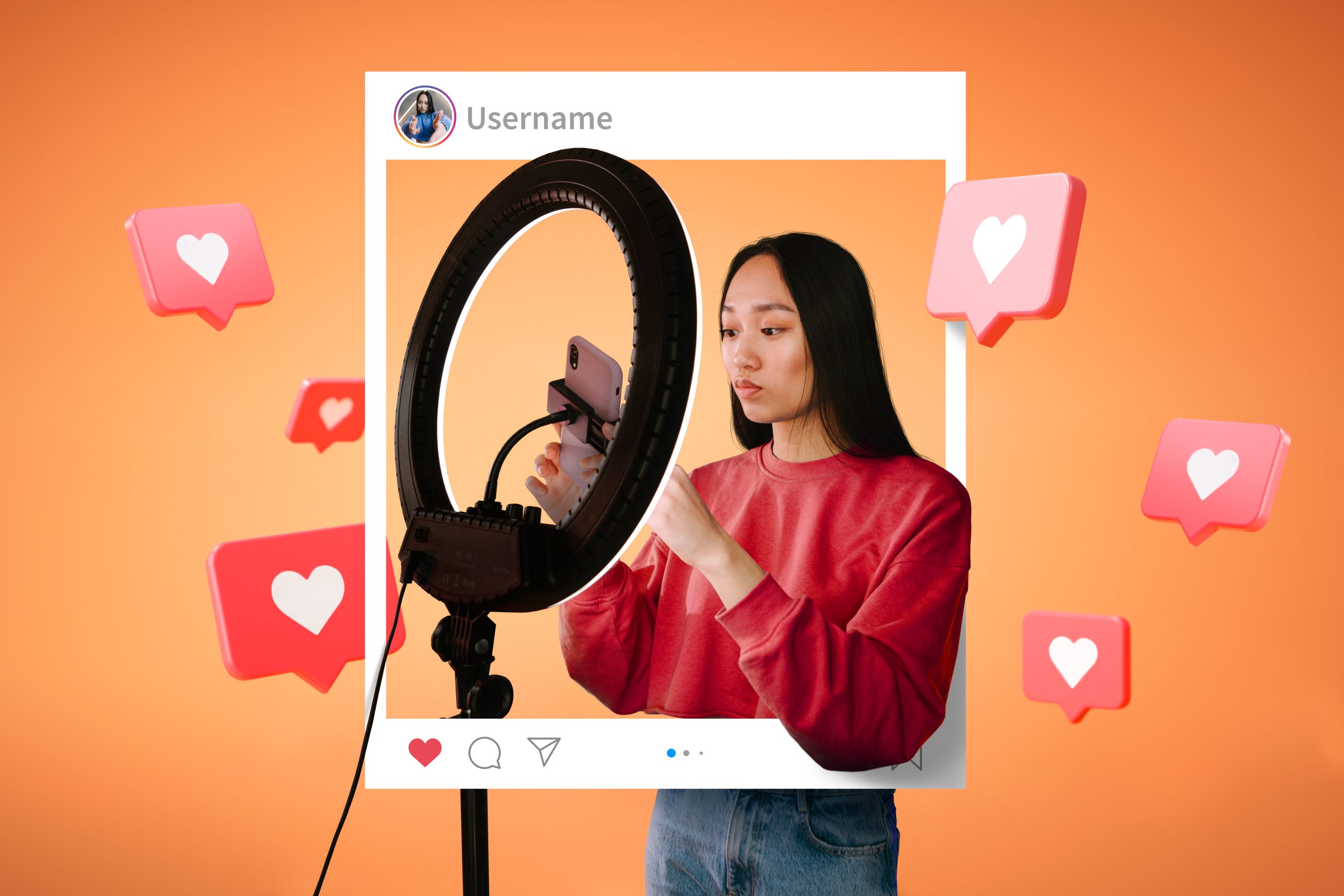Key Takeaways
- Understand how to analyze influencers content-wise and economically.
- Learn steps to effectively include influencers in your marketing campaigns.
- Explore methods to evaluate influencer collaborations for maximum ROI.
- Read a case study to see influencer marketing in action.
How to Analyze Influencers
Before reaching out, evaluate influencers based on several key factors to ensure they align with your brand and campaign objectives:
- Content Quality:
- Thoroughly examine the influencer’s past content to determine if their style, tone, and values are consistent with your brand’s image.
- Look for influencers who create high-quality, engaging content that resonates with their audience.
- Consider whether their content niche aligns with your target market and campaign goals.
- Engagement Rates:
- While a large follower count might seem appealing, focus on influencers with high engagement rates.
- Analyze the number of likes, comments, shares, and overall interaction their content receives.
- Prioritize influencers whose audience actively engages with their posts, as this indicates a genuine and influential following.
- Cost-effectiveness:
- Compare the influencer’s rates and fees with the potential return on investment (ROI) they can offer.
- Consider factors such as their reach, engagement, and audience demographics to determine if their cost aligns with your budget and campaign objectives.
- Negotiate fair compensation that reflects the value and potential impact of their collaboration.
- Audience Demographics:
- Analyze the influencer’s audience demographics to ensure they align with your target market.
- Consider factors such as age, gender, location, interests, and online behavior to determine if their audience matches your ideal customer profile.
- Authenticity and Brand Alignment:
- Choose influencers who genuinely believe in your brand and product/service.
- Authenticity is key to building trust and credibility with their audience.
- Avoid influencers who promote any and every product, as this can diminish their influence and impact.
Steps to Include Influencers in Your Marketing Campaign
Follow these steps to effectively include influencers in your marketing campaign:
- Define Campaign Goals:
- Clearly outline what you want to achieve with your influencer marketing campaign.
- Define specific, measurable, achievable, relevant, and time-bound (SMART) goals.
- Examples include increasing brand awareness, driving website traffic, generating leads, or boosting sales.
- Shortlist Influencers:
- Use influencer marketing tools and platforms to identify potential influencers who align with your campaign goals and target audience.
- Platforms like Sprout Social, Hootsuite, and BuzzSumo can help you discover and analyze influencers based on keywords, demographics, and engagement metrics.
- Manually research and identify influencers by exploring relevant hashtags, online communities, and competitor campaigns.
- Establish Communication:
- Craft personalized outreach emails to connect with influencers and demonstrate your genuine interest in their work.
- Highlight the value proposition for the influencer and how the collaboration can benefit their audience.
- Be clear and concise in your communication, outlining your campaign goals and expectations.
- Set Expectations:
- Clearly define the deliverables, timelines, and payment terms for the influencer collaboration.
- Create a written agreement that outlines the scope of work, content requirements, usage rights, and compensation details.
- Ensure transparency and open communication to avoid misunderstandings and disputes.
- Monitor Collaboration:
- Maintain a feedback loop throughout the campaign to ensure alignment and address any concerns.
- Track the influencer’s content creation and publishing schedule.
- Provide constructive feedback and guidance to ensure the collaboration meets your campaign objectives.
Evaluate the Collaboration
After the campaign, measure the success of your **influencer inclusion in marketing** efforts through various metrics:
- Engagement Metrics:
- Track likes, comments, shares, and other engagement metrics on the influencer’s content related to your campaign.
- Analyze the level of interaction and feedback from their audience to gauge the effectiveness of the collaboration.
- Website Traffic:
- Use tools like Google Analytics to monitor website traffic spikes during and after the influencer campaign.
- Track referral traffic from the influencer’s channels to understand how effectively they drove traffic to your website.
- Sales Data:
- Check for a noticeable increase in sales or conversions attributed to the influencer campaign.
- Use trackable links and discount codes to measure the direct impact of the influencer’s promotion on your sales.
- Brand Awareness and Sentiment:
- Monitor brand mentions and social media conversations to gauge the impact of the influencer campaign on brand awareness and sentiment.
- Use social listening tools to track conversations and analyze the overall perception of your brand.
Case Study
One brand collaborated with a micro-influencer on Instagram to promote a skincare product. With a budget of $5,000, they achieved:
- 15% increase in website traffic.
- 20% boost in product sales.
- Higher brand awareness in their niche.
For more case studies, visit Digital Marketing Institute.
How a Consultant Can Help with Influencer Inclusion in Marketing
If you’re feeling overwhelmed, a consultant can streamline the process of **influencer inclusion in marketing**, from identifying influencers to analyzing campaign results. Save time and maximize ROI by working with a professional.


Leave a Reply